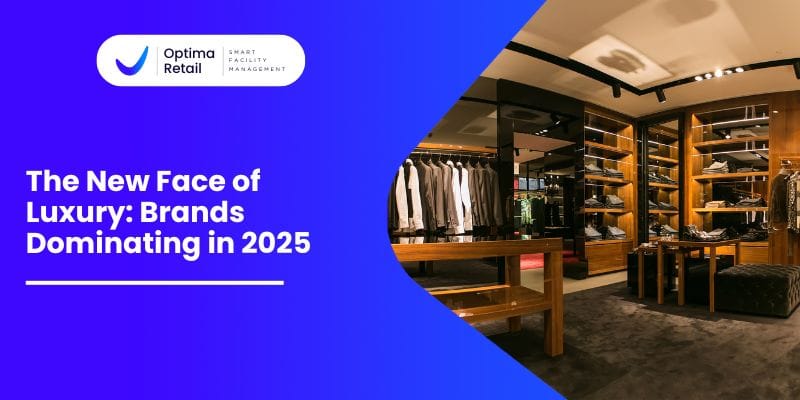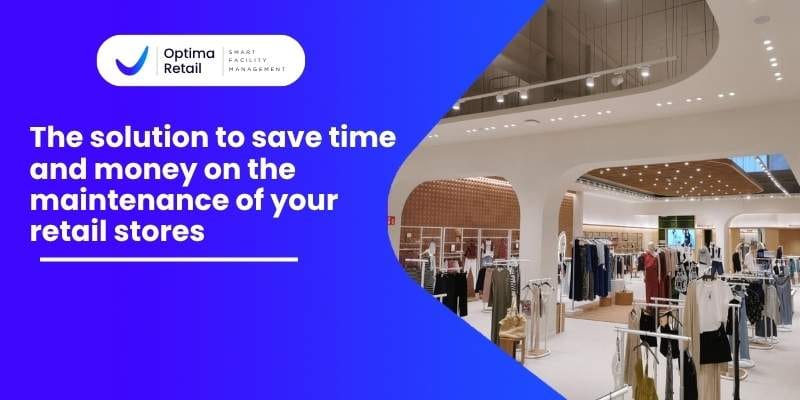After changes in shopping habits, consumption, and values brought about by a more demanding consumer base, this is the year when the retail sector must reflect on and accept the new reality, following new macro trends in retail design. This is highlighted in the report published by Loop New Business Models “Trends in the retail sector applied to the business model.”
By observing and studying global trends, we can look to the future and understand how society evolves, from lifestyles to work habits, from travel to consumer behavior, from human interactions to technological interactions.
We’re at a point where these macro trends cannot be fully understood without mentioning a key word: collaboration.

Online global platforms are creating new possibilities for more sustainable collaborations in retail design. Consumers, designers, brands, industries, and universities are encouraged to connect with each other and turn waste into valuable resources and products. The idea of connecting designers with the industry provides designers with incredible and up-to-date ideas that set trends that ultimately attract more customers.
Macro Trends in Retail Design
Due to the rising customer exigences and new technologies, online shopping has become a more popular trend. In the last year, 239.6 million people were online shoppers. To compete, retail stores must have more than just an attractive design.
Indeed, when a new store opens, its global web traffic increases by an average of 37%. Therefore, it’s necessary to have trend designs that can be implemented in physical stores. That’s why we have identified at least 4 macro trends in retail design that will shape interior and store design.
1- maximalist style
Our lives are increasingly unpredictable, blended, nomadic, and fun. People, especially Millennials, want to have fun and express their personality, both at home and outside of it. Brands and designers are trying to meet these needs with more experimental, interactive, and fun designs.
Furniture and accessories should be a source of pleasure, stimulating our creativity and allowing us to express ourselves. Maximalism is on the rise, with its “more is more” spirit encouraging us to mix and match bold colors, patterns, textures, and unusual shapes.

Think of the Italian brand Seletti and its original and artistic approach to design, with its animal-shaped lamps and oversized patterns, a blend of pop art and Memphis influences. Or the Swiss brand Vitra and its bold design pieces, with bold use of materials and geometric shapes, with a strong use of primary colors.
It all goes beyond functionality and invites experimentation and fun.
On social media, primarily Instagram, they’re changing our way of thinking about space and interior design. As a result, we’re seeing an explosion of new spaces on Instagram, especially in the retail sector.
Brands recognize that the future of retail lies in playful, colorful, and carefully designed products meant to be shared on social media. During Milan Design Week, the Italian studio DESIGNBYGEMINI created a pop-up space inspired by 1990s Miami pop music, featuring fluorescent colors and a tropical atmosphere. Visitors were encouraged to participate, take photos by the pool, and share them on social media.
2- technological designs
Is technology changing design? The emergence and rapid progress of technologies such as artificial intelligence (AI), augmented reality, biotechnology, and 3D printing prompt us to ask this question.
Will artificial intelligence replace designers, and how will robotics affect our way of life? When it comes to designers and businesses, the future looks more like a creative collaboration between designers and algorithms than a replacement of designers. For example, French designer Philippe Starck of IA Kartell, and 3D software company Autodesk have collaborated to launch the first chair designed by AI in collaboration with humans.
The team used an algorithm to design a chair using the least amount of material possible, while still meeting aesthetic and comfort requirements.
Amazon, for its part, is demonstrating how AI can take the growing smart home sector to the next level of functionality, where homes can proactively assist their residents. The introduction of voice-based services, such as Alexa, will allow us to control a wide range of devices simply by using our voice.
3- Health spaces and wellbeing
The planning of well-being is an increasingly important objective in retail design. Brands and designers are studying how the environment can affect our well-being and how technology can be used alongside interior design and furniture design to enhance our well-being.
Research on this topic spans across various sectors, from interior design to workplaces and hotels.

Google has partnered with scientists in the exhibition “A Space to Be” to demonstrate how different aesthetic experiences can affect our health and well-being. The exhibition featured three rooms designed using the principles of neuroaesthetics, a branch of science that explores how visual aesthetics can affect our brain and physiology. With different lights, sounds, aromas, and textures, the rooms were intended to stimulate visitors’ senses in various ways.
Meanwhile, soft and tactile materials are gaining as much importance as colors, helping to integrate technology into our stores in a more natural and human way.
4- Sustainable and Circular Designs
As the circular business approach becomes increasingly popular, circular retail design is now a priority for many brands and designers. Waste is no longer seen as an undesirable material or a threat to the environment.
Instead, designers are turning waste into valuable resources to create sustainable and circular designs.

German designer Alexander Schul has created Substantial Furniture, a series of design pieces (lamps, chairs, and coffee tables) made entirely from recycled plastic that can be easily produced in large quantities. On the other hand, Italian designer Pietro Algranti creates unique furniture and objects from recycled materials and waste. He makes tables, kitchens, beds, lamps, chairs, and other items using recycled wood, iron, aluminum, copper, and brass.
What’s surprising is that the designer leaves the materials very close to how he finds them: surface irregularities are not a problem but rather make the pieces unique and original.

TO MAKE EVERYTHING WORK, MAINTENANCE IS THE KEY
Why should you be impatient to have a good maintenance plan?
Because predictive maintenance not only helps you keep your equipment running smoothly, but it also helps you save time and money. Who doesn’t want that, right?
With predictive maintenance, you can monitor the status of your equipment in real-time and anticipate potential failures before they occur. This means less downtime, lower maintenance costs, and more efficient production. It’s like having a superpower for your Retail!
Optima Retail: Experts in Retail Maintenance and Repairs Worldwide – Ensure worry-free support by providing you with a dedicated Facility Manager who will always be your contact.


